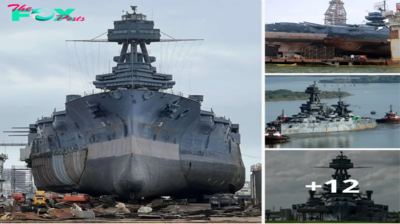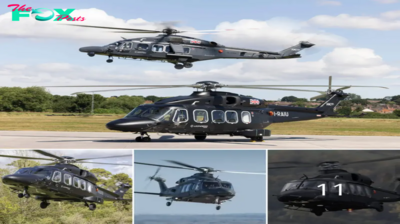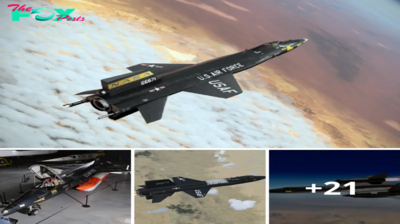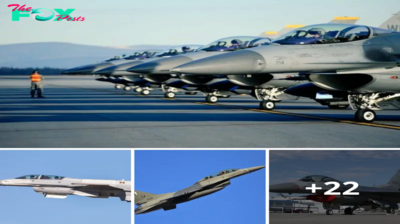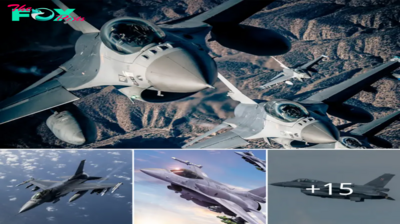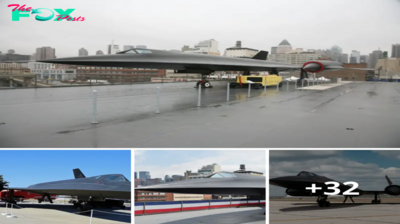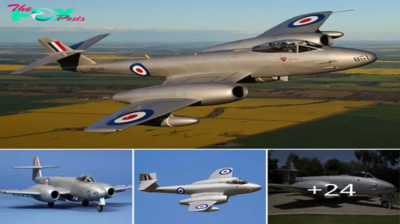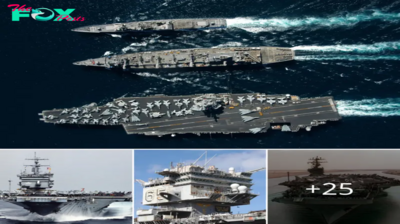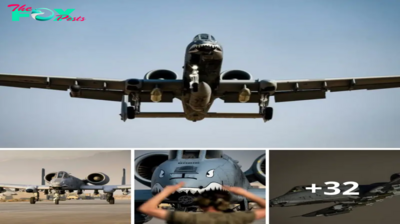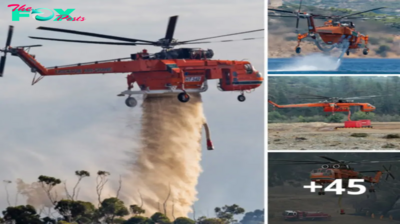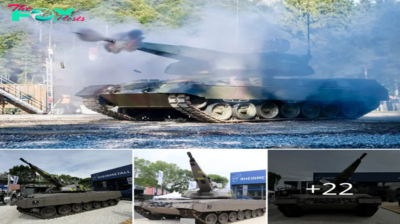The OCCAR-EA Director, Mr. Joachim Sucker, on behalf of the six Participating States (Belgium, France, Germany, Spain, Türkiye and United Kingdom), has signed the contract “Engine Support Step 2 (ESS2)” with Mme Catherine Poincheval, the Executive President of Europrop International GmbH (EPI), along with its Parent Companies (Safran Aircraft Engine SAS, MTU Aero Engines AG, Rolls Royce Deutschland Ltd, ITP SAU). This agreement represents a significant step forward for both the industry and the Participating States, as it resolves the past, addresses the current and prepares for the future. This 5-year service-based and performance focused contract is considered by all parties as a Game changer.
This contract includes the legacy services from the previous engine support contract such as, technical support to ML2-off shops, Engine/module/LRUs repairs, spare parts and tools replenishment and sustainment of ML3 repair capacity, with updates and improvements made to these services to make them more efficient. In addition, new added-value services are now included to complement those legacy services or to improve the operational availability and prepare the future support beyond ESS2 (Step 3). Such services covering, analysis/storage of removed parts for potential future use, working parties at lower maintenance levels, strategic fleet management to provide recommendation at tactical level, and a service to provide stock recommendation based on OEM fleet-wide modelling.

After several years of challenging and intensive negotiation between all stakeholders (Participating States, EPI Parent Companies and OCCAR-EPI on behalf of them), a consensus on the terms of the contract have been reached, allowing the official endorsement and signature of the Contract. This achievement marks a major milestone in the A400M program and its TP400 engine since it enables industry to secure its investments to the benefit of the TP400, while it addresses OCCAR and Nations desire to implement new services, and to focus on reducing the operating cost of ownership.
Additionally, the incorporation of National Services at tactical level for some Participating States complements the range of supporting services provided in this challenging contract. Finally, a roadmap with an exhaustive scope has been contracted to reduce the engine cost of ownership. The governance between OCCAR, with the support of Nations’ experts, and EPI is in place to ensure execution of this new contract for the benefit of the A400M operators, with virtuous mechanisms reinforcing this program long-term relation between operators, OCCAR and industry.

The Airbus A400M Atlas is a European four-engine turboprop Military transport aircraft. It was designed by Airbus Military, now Airbus Defence and Space, as a tactical airlifter with strategic capabilities to replace older transport aircraft, such as the Transall C-160 and the Lockheed C-130 Hercules. The A400M is sized between the C-130 and the Boeing C-17 Globemaster III. It can carry heavier loads than the C-130 and can use rough landing strips. In addition to its transport capabilities, the A400M can perform aerial refueling and medical evacuation when fitted with appropriate equipment. The Europrop International TP400-D6 is an 11,000 shp (8,200 kW) powerplant, developed and produced by Europrop International for the Airbus A400M Atlas Military transport aircraft.
The TP400 is the most powerful turboprop in service using a single propeller; only the Kuznetsov NK-12 from Russia and Progress D-27 from Ukraine, using contra-rotating propellers, is larger. The TP400 has a three-shaft configuration, consisting of a two-shaft gas generator followed by a free-power turbine.? In the gas generator, the low pressure compressor, called an intermediate pressure compressor (IPC) by Europrop International because it is driven by an IP turbine, is designed by MTU Aero Engines and has five stages. The high-pressure compressor (HPC) is designed by Rolls-Royce and has six stages, the first two of which are variable. Snecma supplied the combustor, which is based on the combustor of its M88 turbofan fighter engine. To drive the HPC, Snecma designed the high pressure turbine (HPT), also using M88 experience.



